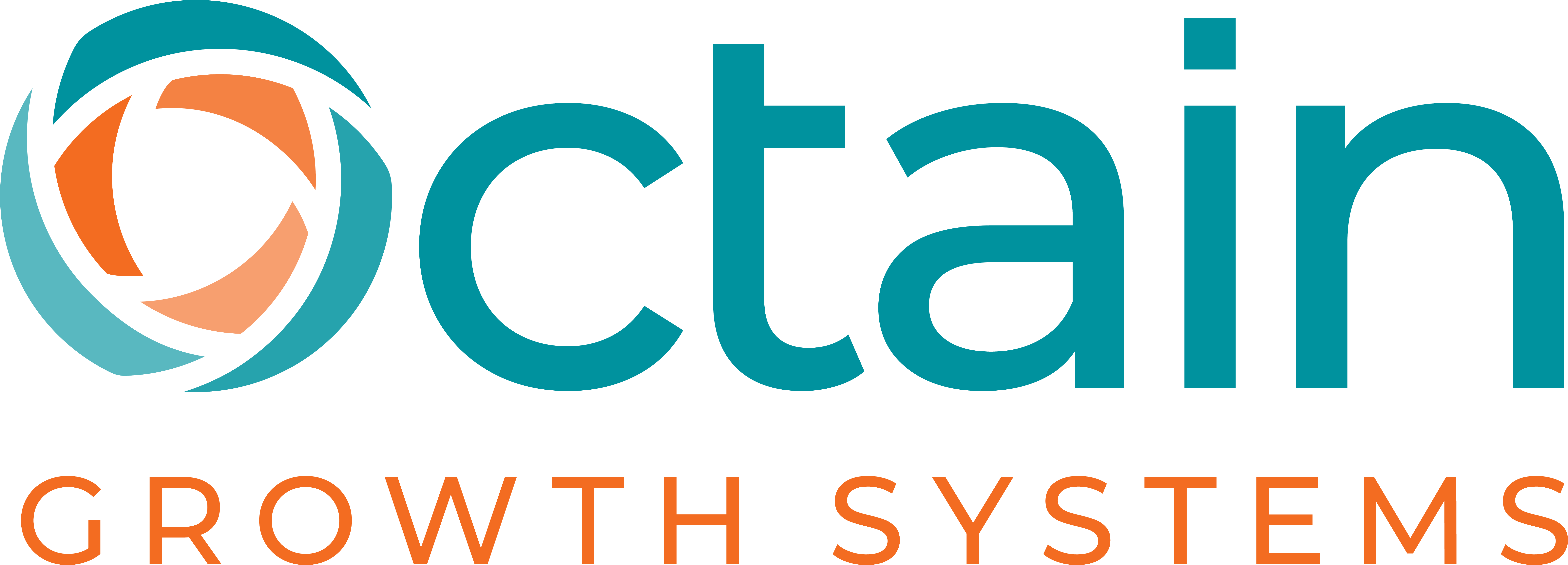We all know that content is king but what do you do when your “content king” turns into a little tyrant? What happens to your marketing campaigns when content becomes an end in itself instead of a means to the end of connecting you to your customers?
Content becomes a tyrant when it drives the message instead of amplifying the message, the vision or the story. It becomes a tyrannical beast when the end goal of your content production is meeting a content quantity goal or due date instead of providing valuable educational, inspirational or practical insights.
Here are a few strategies that might help your marketing team’s content program act as a benevolent monarch rather than a little tyrant.
- Develop and maintain an editorial calendar. Most of us know we need some kind of editorial calendar to keep our content scheduled and flowing. Beyond the standard calendar that lists topics, blurbs and due dates, your editorial calendar can and should do more. Creating themes based on topic clusters, campaign cycles, customer journey maps and more will keep content consistent and under control. Editorial calendars also should be integrated or cross linked among types of content, across campaigns and social media channels. Make sure to consistently maintain the calendar. It is easy to set it up and then get so busy producing content that the calendar gets out of date. A well maintained calendar is needed for steps 2 and 3 here. The Content Marketing Forum here has some great editorial calendar examples.
- Leverage a Content Network. Develop a network of content producers and partners that can provide content from many viewpoints and perspectives. Large enterprises have internal and external content teams. Smaller and midsize marketing teams can have the same advantages by actively developing a content network. Get started by joining content oriented online communities and reaching out to bloggers, video-loggers and influencers who create the kind of content you are looking for. Extend your content network with good curation tools like Curata, Scoop.it and Trapit.
- Create a Content Mosaic. It’s called a Content Mosaic because it is designed to integrate all your content elements into a holistic picture rather than a series of fragmented pieces. The Content Mosaic is a visual map of content elements. Each piece of content should be part of the mosaic that works in harmony rather than an independent and possibly tyrannical content dictator.
- Play to your Audience. Know who you want to reach, the best type of content for each audience segment (text, images, video, infographic), and the best ways and channels to connect to them.
- Map Content to the Customer Experience. Understand the experience you want to create for customers, prospects, partners, influencers and employees throughout their relationship with you. Create a journey map. Develop content that enhances that experience and deepens engagement with them every step of the journey.
With these strategies at the ready, you can have a high performing and well managed content program that works for you rather than a little tyrant that runs your marketing team ragged.

